Green Synthesis of Cu3P to Achieve Low‐Temperature and High Initial Coulombic Efficiency Sodium Ion Storage
Advanced Energy Materials, EarlyView.

A pollution-free liquid-phase phosphating strategy is demonstrated to achieve the continuous production of cuprous phosphide. The improved electrode /electrolyte interface contact ability of CF@Cu3P-CQDs represent a state-of-the-art rate capability as well as compatible LT performance. Electrochemical impedance spectroscopy and corresponding distribution of relaxation times analysis unravel the interface driven ultra-fast ion/electron transfer dynamics.
Abstract
Conversion-type transition metal phosphides (TMPs) are competitive anode materials to overcome the volumetric energy density limits of hard carbon for sodium-ion batteries (SIBs). However, the application of TMPs is generally constrained by their low initial coulombic efficiency (ICE), unsatisfied cycling stability and poor low-temperature (LT) performance. Herein, a green synthesis method is reported to prepare carbon quantum dots modified Cu3P nanoparticles anchored on carbon fibers (CF@Cu3P-CQDs) as anode for high-energy and LT SIBs. It is disclosed that such a structure enables good interface contact between electrodes/electrolytes, thus prompting the formation of a uniformly fine solid electrolyte interphase and hence a record-high ICE of 93% with a volumetric capacity of 1343 mAh·cm−3. Distribution of relaxation time analysis unveils that the rapid Na+ transfer between electrode/electrolyte interfaces and Na+ diffusion ability in CF@Cu3P-CQDs underlies the main reason for its high-rate capability (369–101 mAh·g−1 @0.1-50 C) and LT performance (368/350 mAh·g−1 @ 0.1C under −20/−40 °C). Promisingly, the CF@Cu3P-CQDs are directly used toward three cathode materials (namely P2-type Na0.78Ni0.31Mn0.67Nb0.02O2, carbon coated Na3V2(PO4)3, and low-cost Na4Fe3(PO4)2P2O7) without pre-sodiation process to assemble full-cells. This work sheds light on the fundamental understanding of electron/ion transfer kinetics of TMPs during de/sodiation and lays a foundation for the practical application of TMPs.











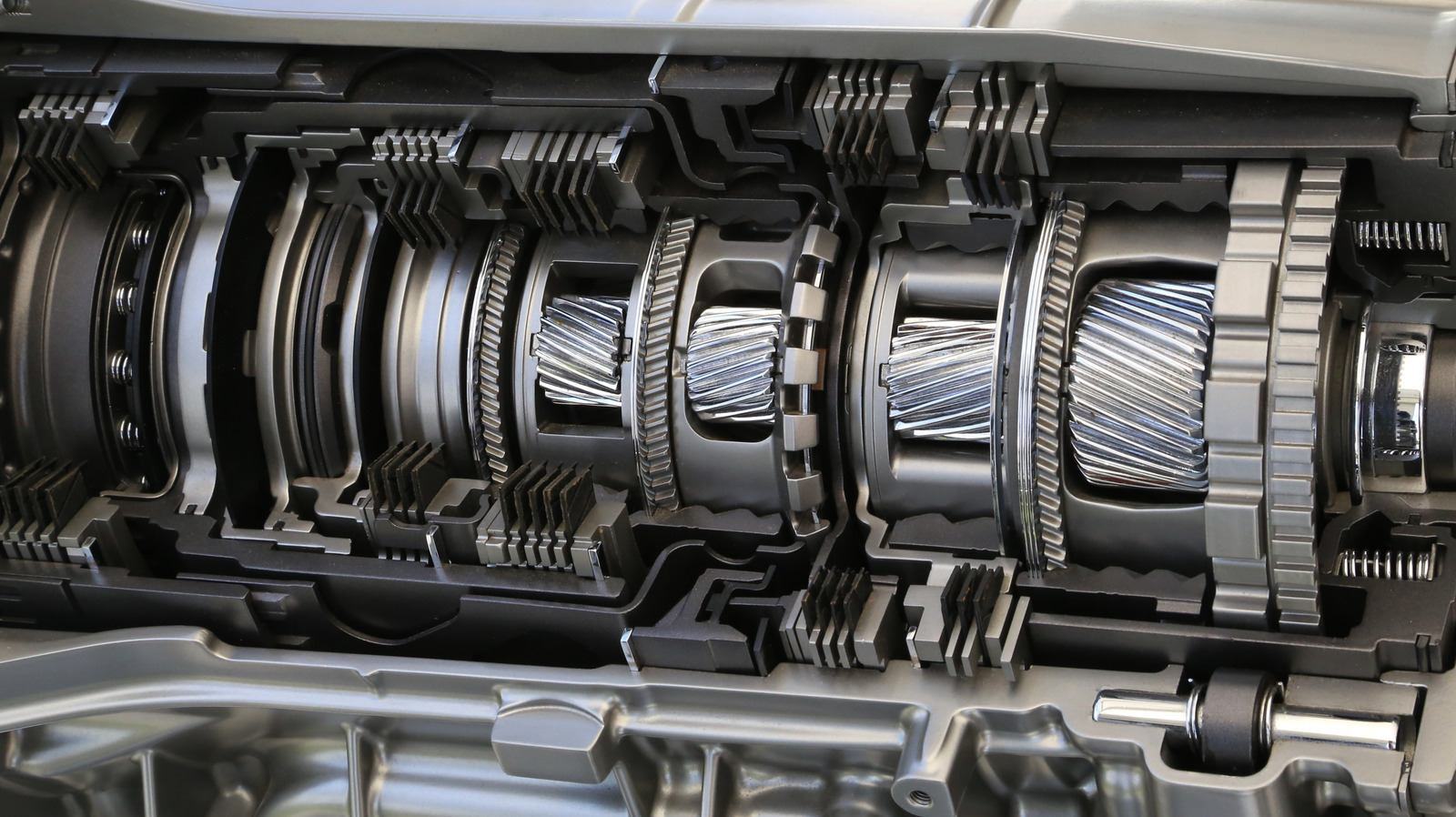





















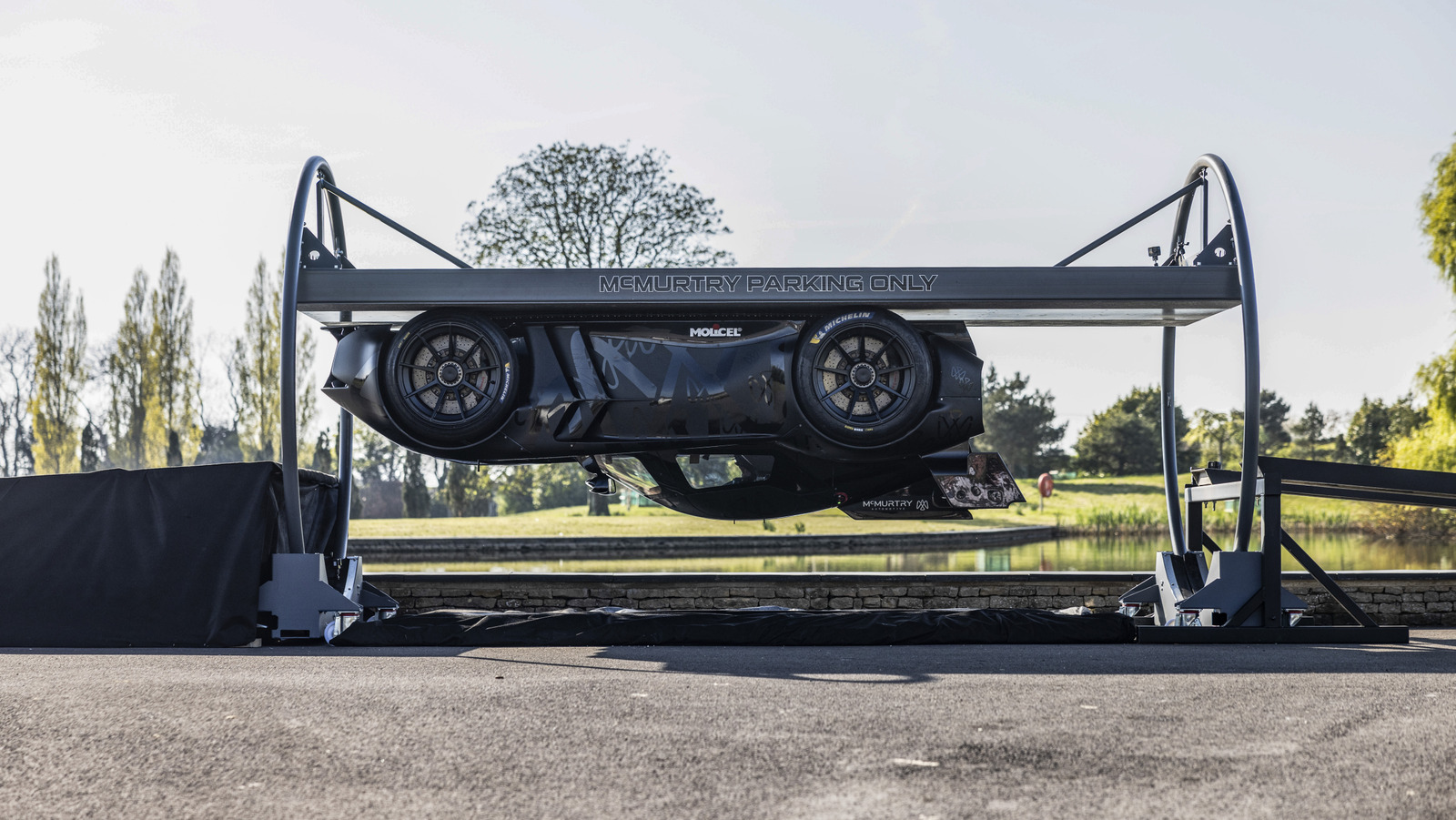


































































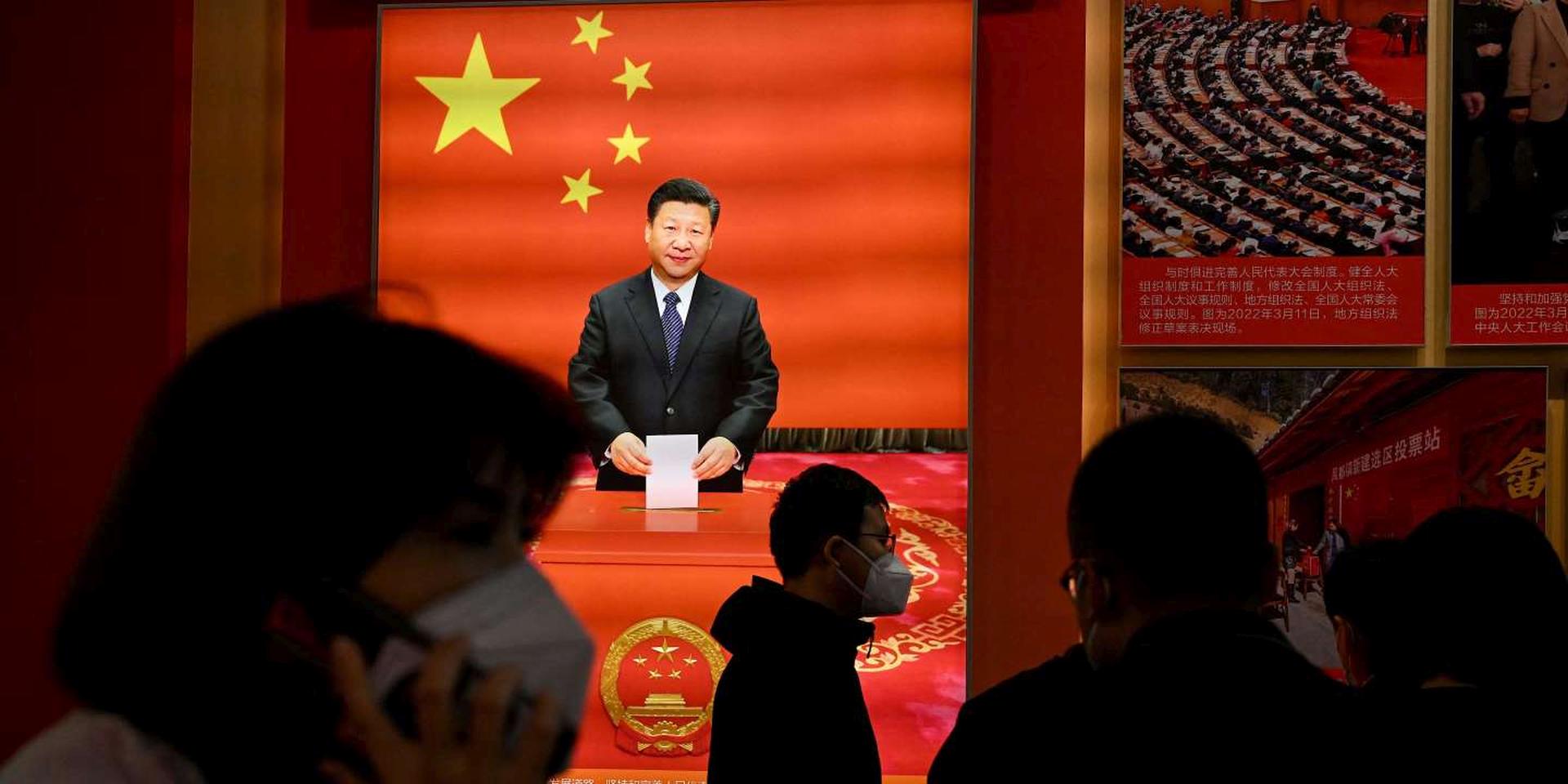








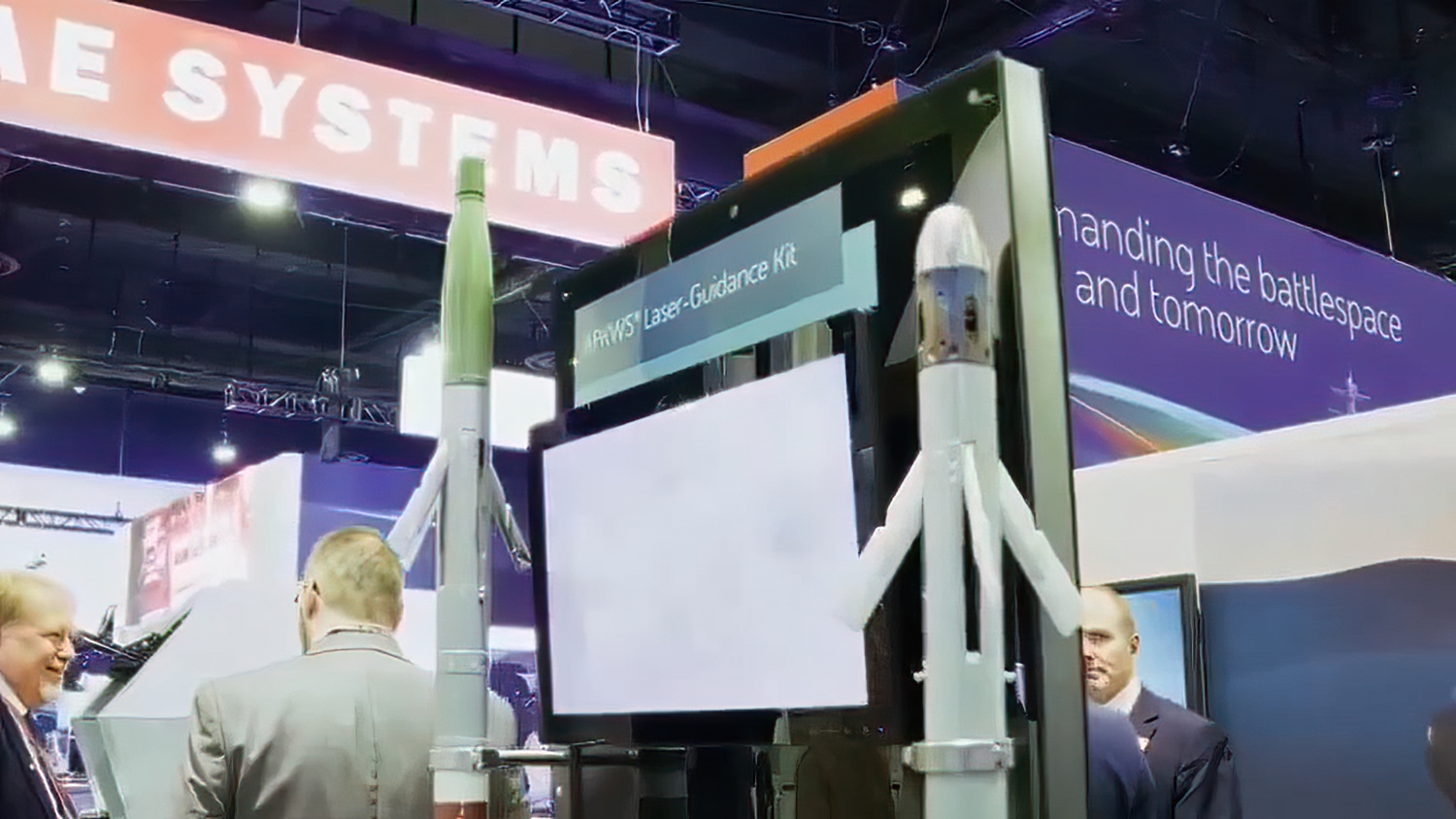








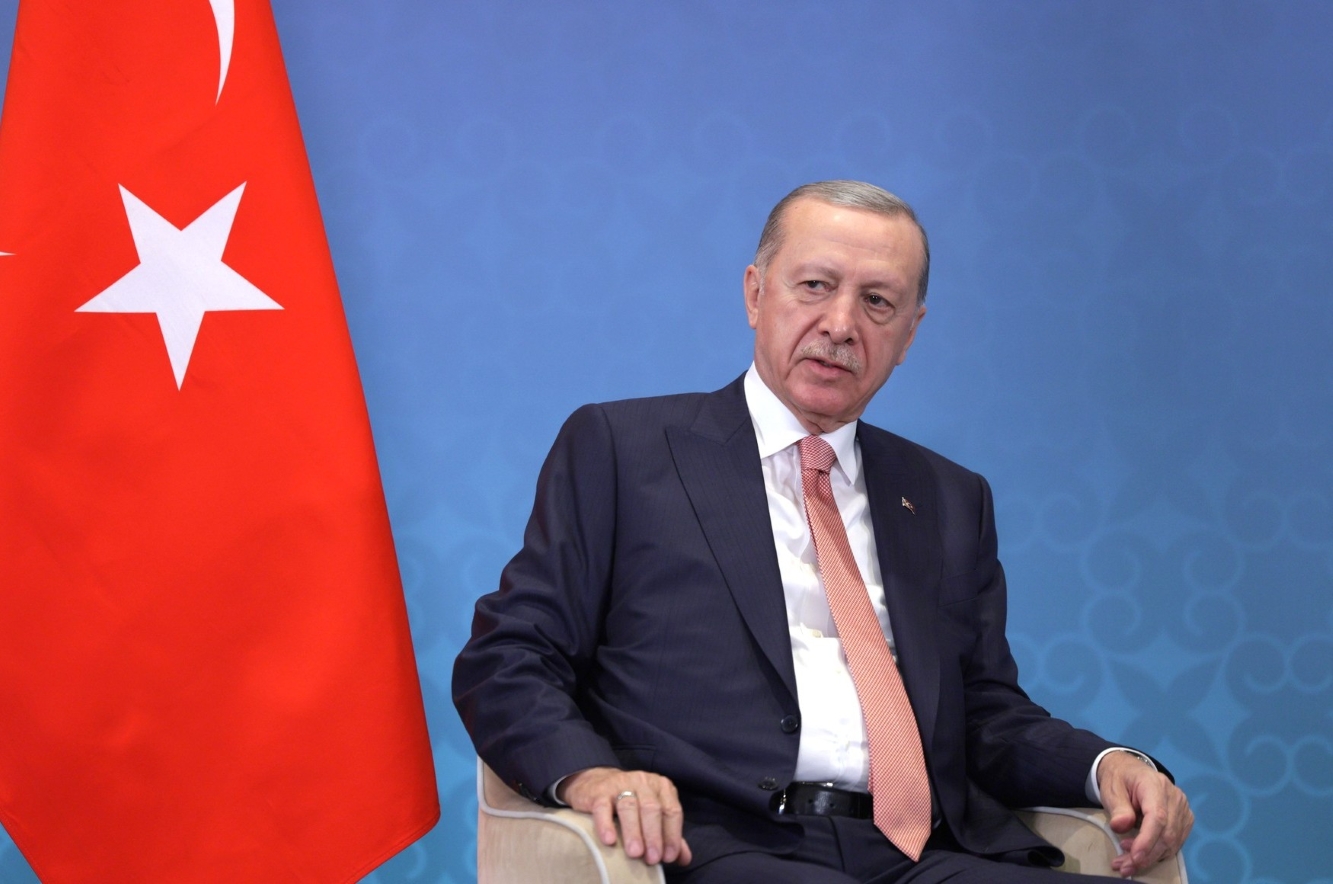











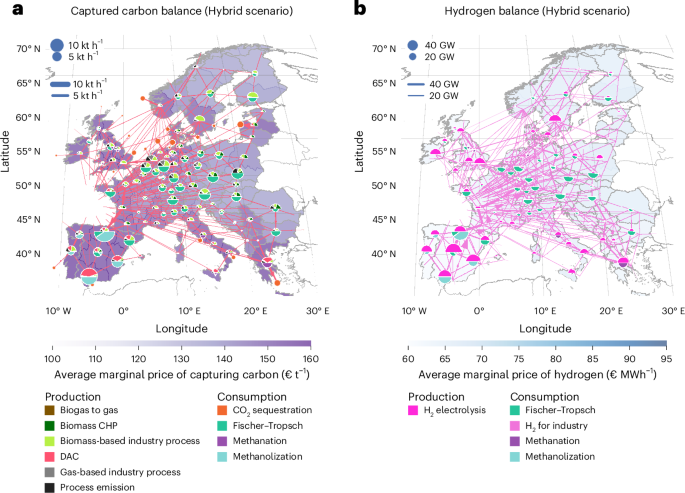
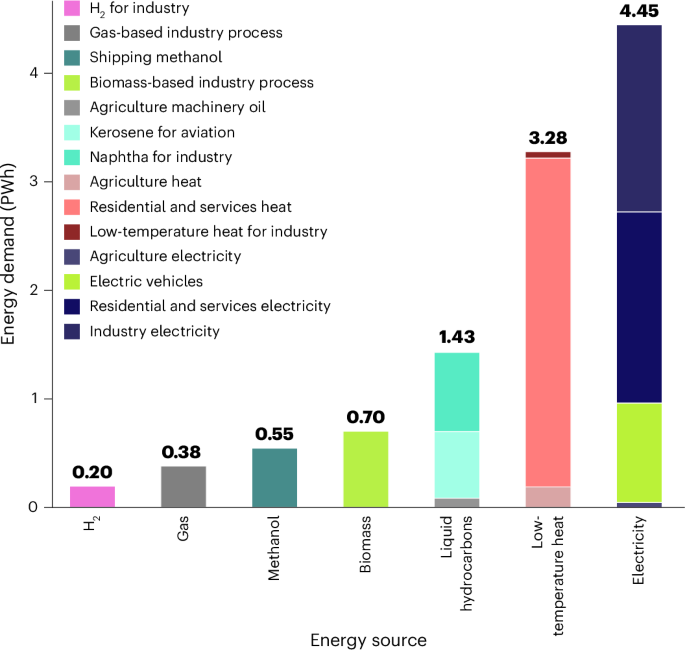
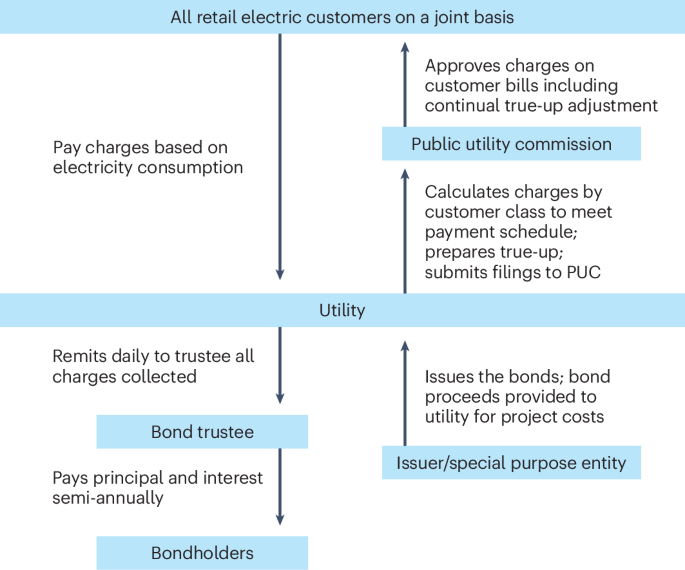
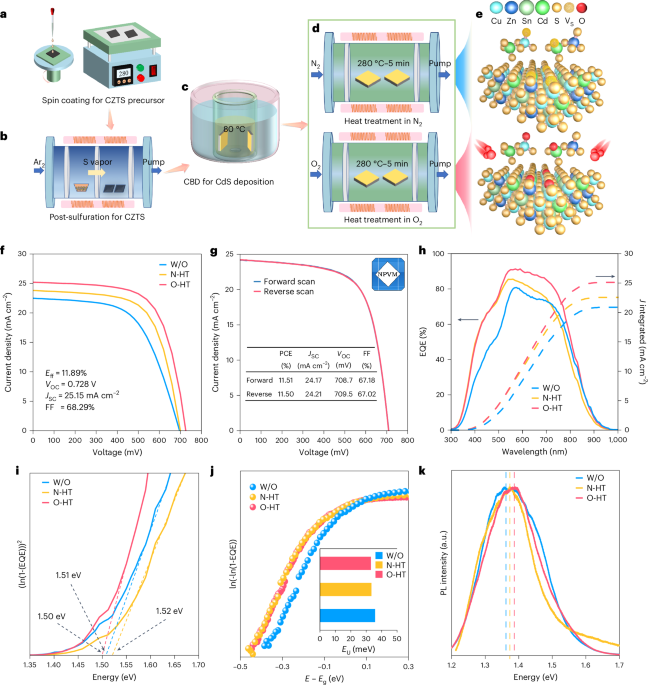












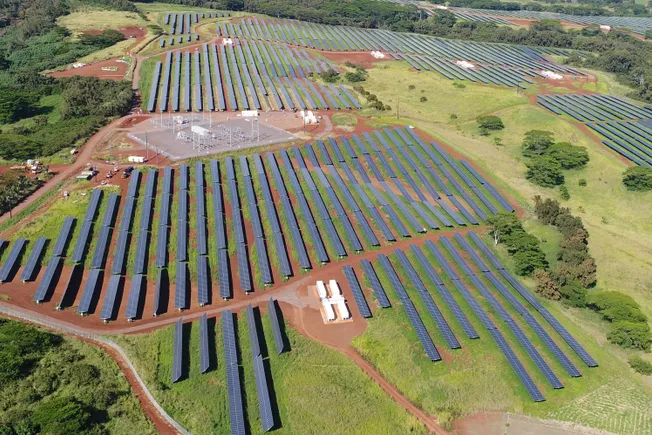
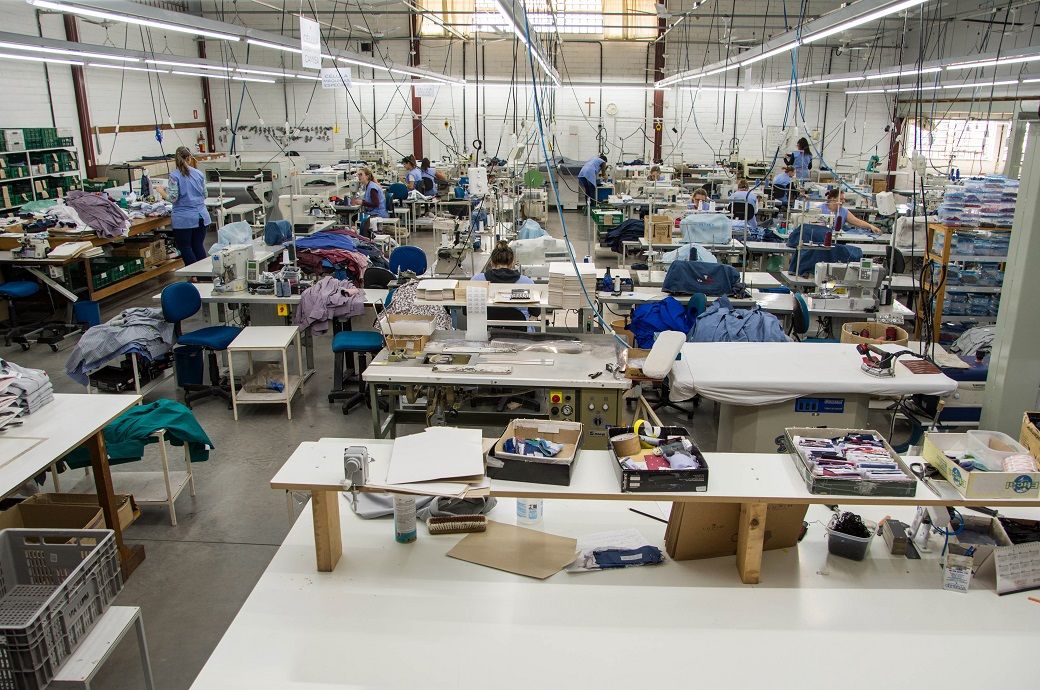

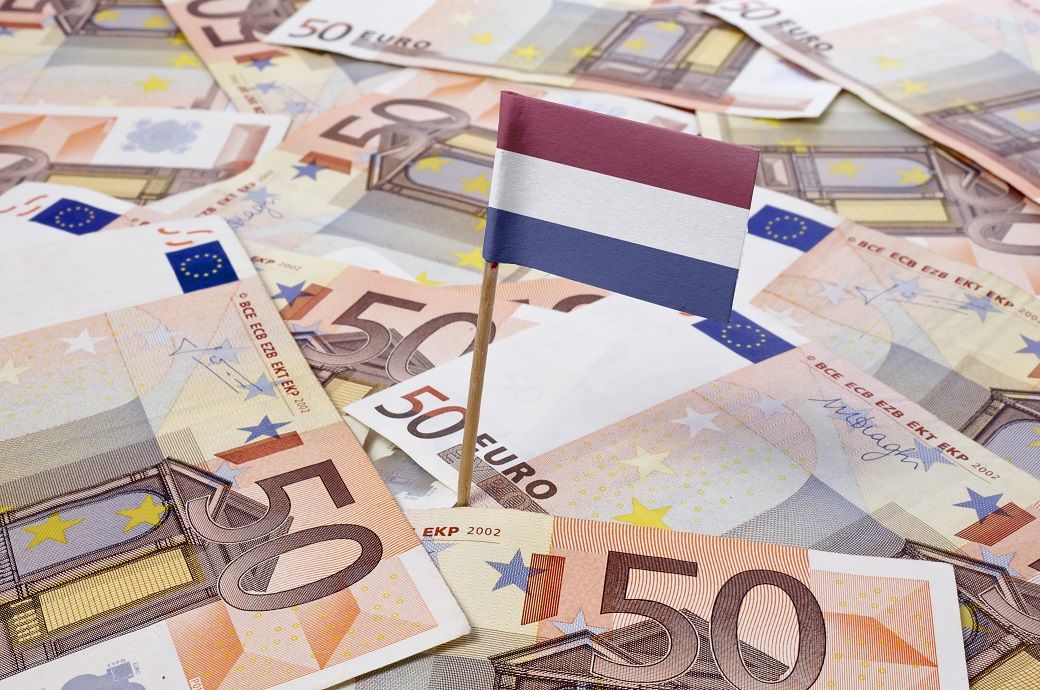







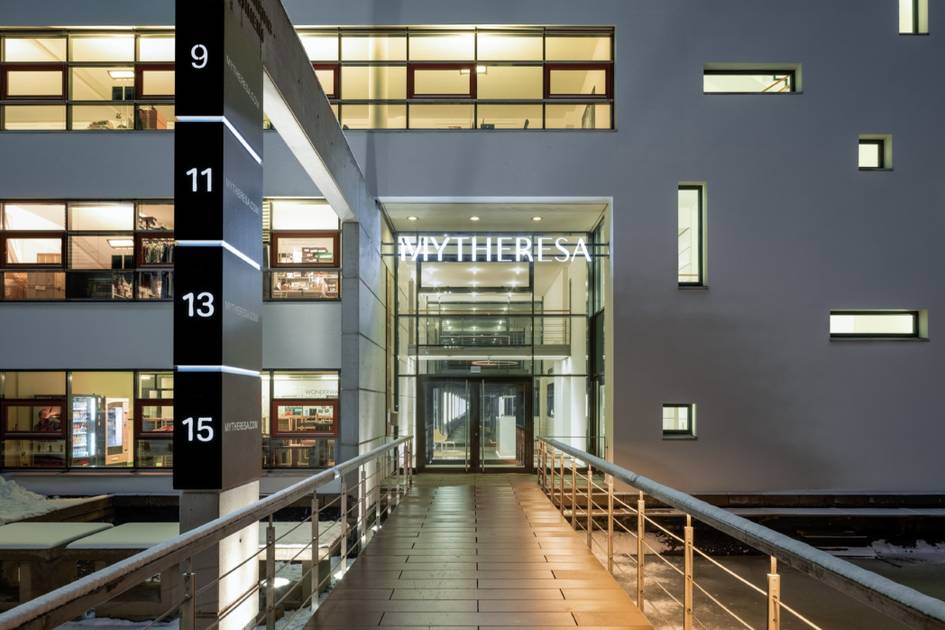











.png)






